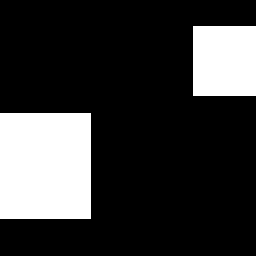Modeling and Error Analysis in Camera-Based Jump Height Measurement
- verfasst von
- Fritz Webering, Leili Emamzadehei, Holger Blume
- Abstract
Introduction: In this work, we use simulated data to quantify the different failure mechanisms of a previously presented low-cost jump height measurement system, based on widely available consumer smartphone technology. Methods: In order to assess the importance of the different preconditions of the jump height measurement algorithm, we generate a synthetic dataset of 2000 random jump parabolas for 2000 randomly generated persons without real-world artifacts. We then selectively add different perturbations to the parabolas and reconstruct the jump height using the evaluated algorithm. The degree to which the manipulations influence the reconstructed jump height gives us insights into how critical each precondition is for the method’s accuracy. Results: For a subject-to-camera distance of 2.5 meters, we found the most important influences to be tracking inaccuracies and distance changes (non-vertical jumps). These are also the most difficult factors to control. Camera angle and lens distortion are easier to handle in practice and have a very low impact on the reconstructed jump height. The intraclass correlation value ICC(3,1) between true jump height and the reconstruction from distorted data ranges between 0.999 for mild and 0.988 for more severe distortions. Conclusion: Our results support the design of future studies and tools for accurate and affordable jump height measurement, which can be used in individual fitness, sports medicine, and rehabilitation applications.
- Organisationseinheit(en)
-
Institut für Mikroelektronische Systeme
- Typ
- Artikel
- Journal
- Current Directions in Biomedical Engineering
- Band
- 8
- Seiten
- 624-627
- Anzahl der Seiten
- 4
- Publikationsdatum
- 02.09.2022
- Publikationsstatus
- Veröffentlicht
- Peer-reviewed
- Ja
- ASJC Scopus Sachgebiete
- Biomedizintechnik
- Elektronische Version(en)
-
https://doi.org/10.1515/cdbme-2022-1159 (Zugang:
Offen)
https://doi.org/10.15488/13577 (Zugang: Offen)


